detail profile t c3 a2nia dinis
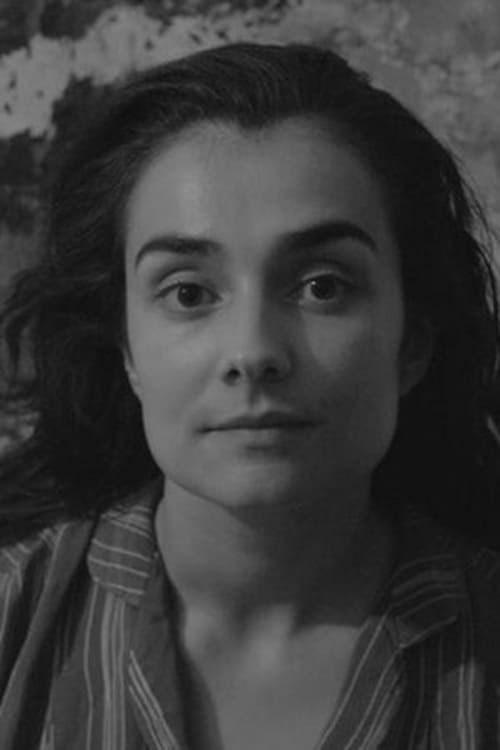
Riwayat Hidup
Since 2011, Tânia Dinis has developed a research and creation work about the intimacy, family archive, document, time-image-memory-dream correlation, and these specific works are inserted in the "Family Archive" series, which is in constant development and they crossed diverse perspectives and artistic expressions as the photography, performance art and cinematography.
This research begins by the investigating and collecting images, personal or otherwise, as well as other devices: films, letters, slides, photographs, objects – and then they’ll be assembled in artistic experiments, reorganized, revisited and manipulated by the assembly, implementing collages and sound fragments, constructing small narratives in an exercise of confronting the image and sound, exploring the idea of image as an experience of the ephemerality of the time and memory, also using other registers of real image.
Info Pribadi
Peran Yang Di Mainkan Tânia Dinis
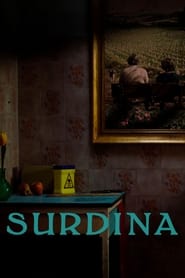 In a rural landscape that resembles...
In a rural landscape that resembles...Surdine 2020
In a rural landscape, that resembles an old Portugal, an elderly man find out that his wife, whom he believed to be dead, was seen shopping in town. Spiteful and sad, he wants to hide from everyone, but his friends insist that he uses this situation to become stronger and try to get married again.
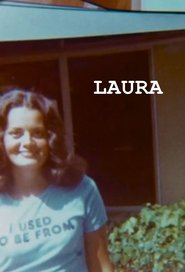 Laura is an essay film whose...
Laura is an essay film whose...Laura 2017
Laura is an essay film whose inception began from a project of research and collection of familial photographical archives. It departs from the exploration of the notion of images as bygone experiences in time which, from that timelessness, expand in space, thus creating small narrative moments.
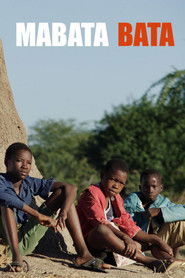 Azarias is a young orphan shepherd...
Azarias is a young orphan shepherd...Mabata Bata 2017
Azarias is a young orphan shepherd, keeper of a herd of oxen, where the ox Mabata Bata stands out. The oxen will be the basis of the "lobolo" payment, a traditional dowry that his uncle Raul must pay for his own marriage. Azarias’ dream is to be a normal child, to go to school, gold that is supported by his grandmother. One day, when Azariah is in the pasture, Mabata Bata steps into a mine - the result of the civil war in the country - and explodes. The young man fears his uncle's reprisals and flees to the forest, taking with him the remaining oxen. The grandmother and uncle leave in their quest to rescue him and persuade him to return.
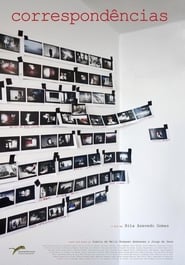 Jorge de Sena was forced to...
Jorge de Sena was forced to...Correspondences 2016
Jorge de Sena was forced to leave his country. First he moved to Brazil, and later to the USA. He never returned to Portugal. During his 20-year-long exile, he kept an epistolary correspondence with Sophia de Mello Breyner Andresen. These letters are a testimony of the profound friendship between the two poets, letters of longing and of desire to “fill years of distance with hours of conversation”. Through excerpts and verses, a dialog is established, revealing their divergent opinions but mostly their strong bond, and their efforts to preserve it until their last breaths.
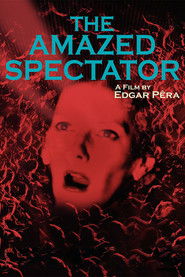 A kinoinvestigation about spectatorship a continuous...
A kinoinvestigation about spectatorship a continuous...The Amazed Spectator 2016
A kino-investigation about spectatorship, a continuous conversation between different kinds of spectators: which one is more cinema: Citizen Kane on a mobile phone or a football game projected in a cinema theatre? What is the cinema of uncertainty? How many kinds of amazement exist? Does fear and belief precede amazement? What are the rights and duties of the spectator? Is the essay film a manifesto against voyeurism? Should spectators be paid? What amazes the spectator of this day and age?
 I am the double of the...
I am the double of the...Ornament and Crime 2015
I am the double of the shadow of my own image. An allegory that occupies my place. This is my act of contrition. Beyond good and evil, I stand as an equation: Its result cannot be manipulated By morals or ethics. In mathematics there is no place for beliefs Just as life and death Are a certain fate.
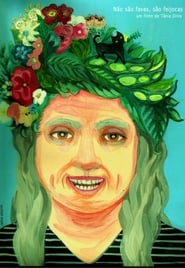 Generational conflict within people who live...
Generational conflict within people who live...Não São Favas, São Feijocas 2013
Generational conflict within people who live for the countryside, in the countryside. The director and her grandmother.
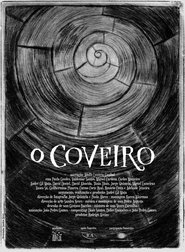 Inspired by popular cult O COVEIRO...
Inspired by popular cult O COVEIRO...The Gravedigger 2012
Inspired by popular cult, O COVEIRO is part light part darkness, a bedtime story and almost a nightmare. A child is born and his parents die of fright just to see him. André Gil Mata revisits the traditional Portuguese tale, in a fantastic movie where heads bounce, but you hear a song.

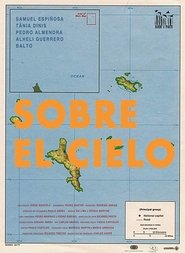 Your past already is the projection...
Your past already is the projection...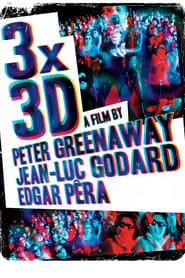 A triptych of short stereoscopic films...
A triptych of short stereoscopic films...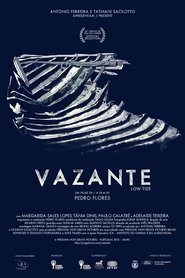 What the ocean bringeth the ocean...
What the ocean bringeth the ocean...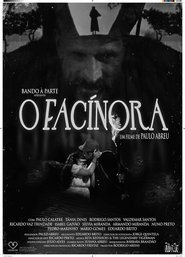 The story of a vigilante friar...
The story of a vigilante friar...